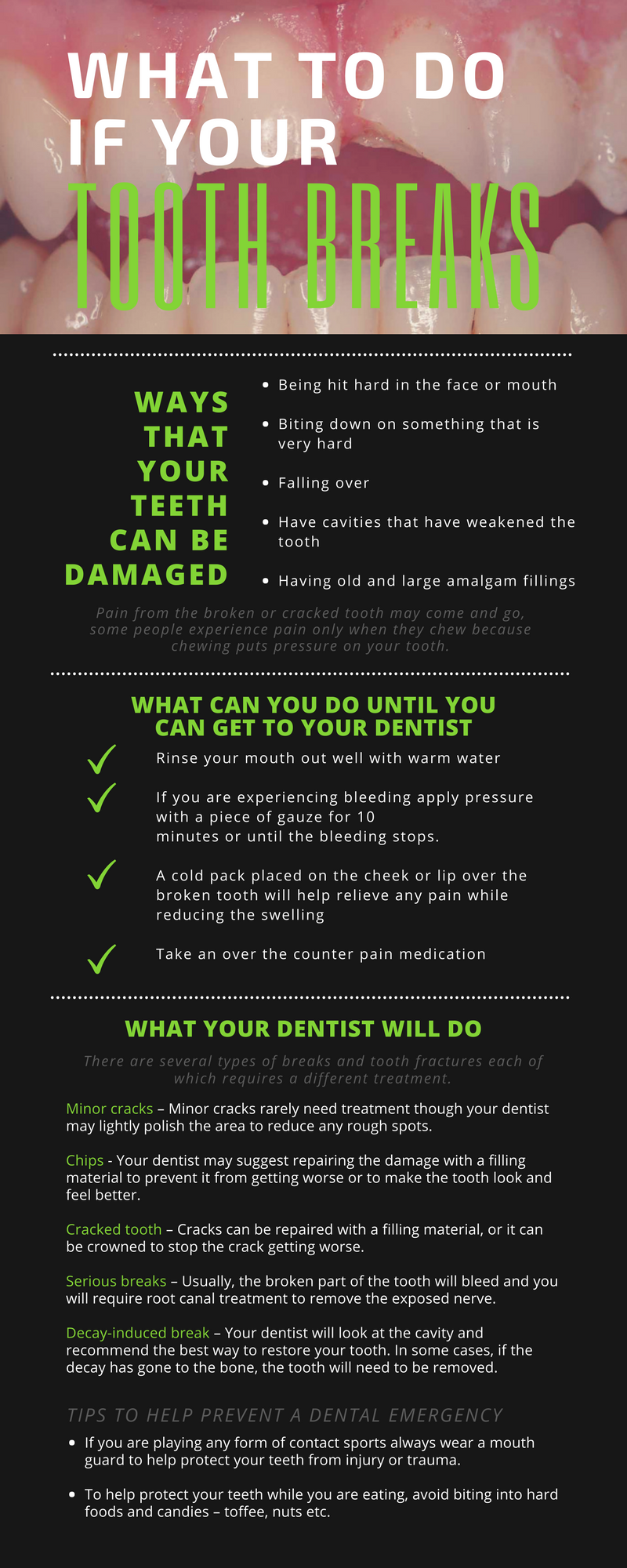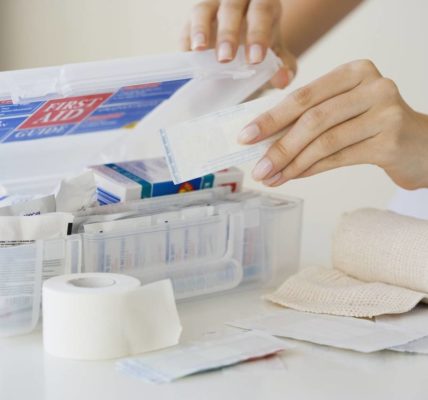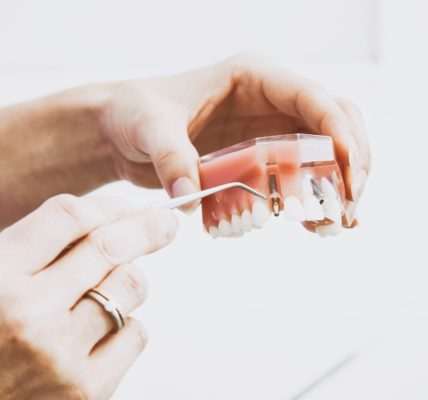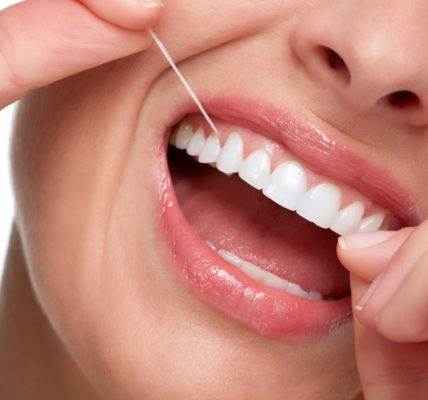While teeth are remarkably strong, they can chip, crack and break, this can happen in a few different ways –
- Being hit hard in the face or mouth
- Biting down on something that is very hard
- Falling over
- Have cavities that have weakened the tooth
- Having old and large amalgam fillings that can’t support the remaining enamel of the tooth.
When a tooth does break or chip it may not hurt, however, your tongue will quite quickly feel a new sharp area. Minor fractures of the tooth don’t hurt, but it can hurt a lot if a large portion of your tooth has broken off. The nerve inside the tooth may also be damaged, or you may find pain when the nerve endings in the dentin have been exposed to air, drinks or hot or cold food.
Pain from the broken or cracked tooth may come and go, some people experience pain only when they chew because chewing puts pressure on your tooth.
What Can You Do?
For a cracked or broken tooth – you can’t treat that at home, you will need to see your dentist. Sometimes the tooth looks good and it only hurts when you chew or drink something hot or cold. If your tooth is hurting all the time you may have damaged a blood vessel or nerve – this is a serious warning sign. You will know if the tooth is cracked – it won’t hurt to bite ON the tooth, but it will hurt when you release the bite
See your dentist as soon as possible if you have broken a tooth. Your dentist will be able to see if the break was caused by a cavity and if the nerve is in any danger. A damaged nerve will require root canal therapy.
Read Also: Are Gold Fillers Actually Good for Your Mouth?
Until You Can Get to Your Dentist
- Rinse your mouth out well with warm water
- If you are experiencing bleeding apply pressure with a piece of gauze for 10 minutes or until the bleeding stops. If that doesn’t work try using a tea bag with pressure on the area to stop the bleeding
- A cold pack placed on the cheek or lip over the broken tooth will help relieve any pain while reducing the swelling
- Take an over the counter pain medication
What Your Dentist Will Do
There are several types of breaks and tooth fractures each of which requires a different treatment
- Minor cracks – these are surface cracks that only affect the outer white layer of the tooth – the enamel. Minor cracks rarely need treatment though your dentist may lightly polish the area to reduce any rough spots.
- Chips – minor chips don’t always need treatment. Your dentist may suggest repairing the damage with a filling material to prevent it from getting worse or to make the tooth look and feel better. If the chip is very small your dentist may just polish and smooth out the chipped area.
- Cracked tooth – this type of damage can involve the whole tooth – from the chewing surface all the way to the nerve. The tooth stays in place, but the crack spreads. Cracks can be repaired with a filling material, or it can be crowned to stop the crack getting worse. If the pulp – the nerve and other live tissue – is damaged, you may need a root canal.
- Serious breaks – if the break has gone deep enough to expose the nerve, the tooth will be sensitive and hurt. Usually, the broken part of the tooth will bleed and you will require root canal treatment to remove the exposed nerve and probably a crown to restore the tooth’s function to normal, so you can eat and chew properly again.
- Decay-induced break – the tooth has broken or crumbled because a cavity has weakened the tooth from the inside out. Your dentist will look at the cavity and recommend the best way to restore your tooth. In some cases, if the decay has gone to the bone, the tooth will need to be removed.
Tips to Help Prevent A Dental Emergency
If you are playing any form of contact sports always wear a mouth guard to help protect your teeth from injury or trauma.
To help protect your teeth while you are eating, avoid biting into hard foods and candies – toffee, nuts etc.




